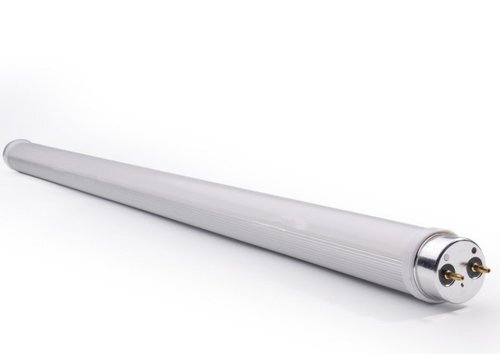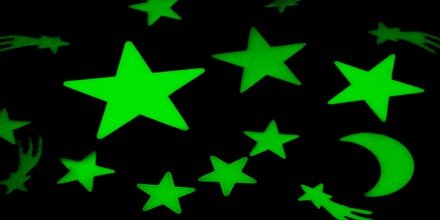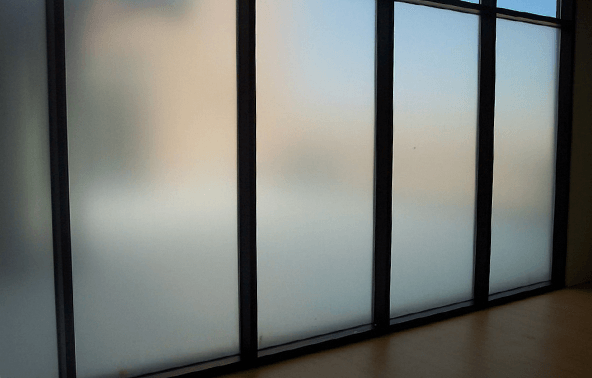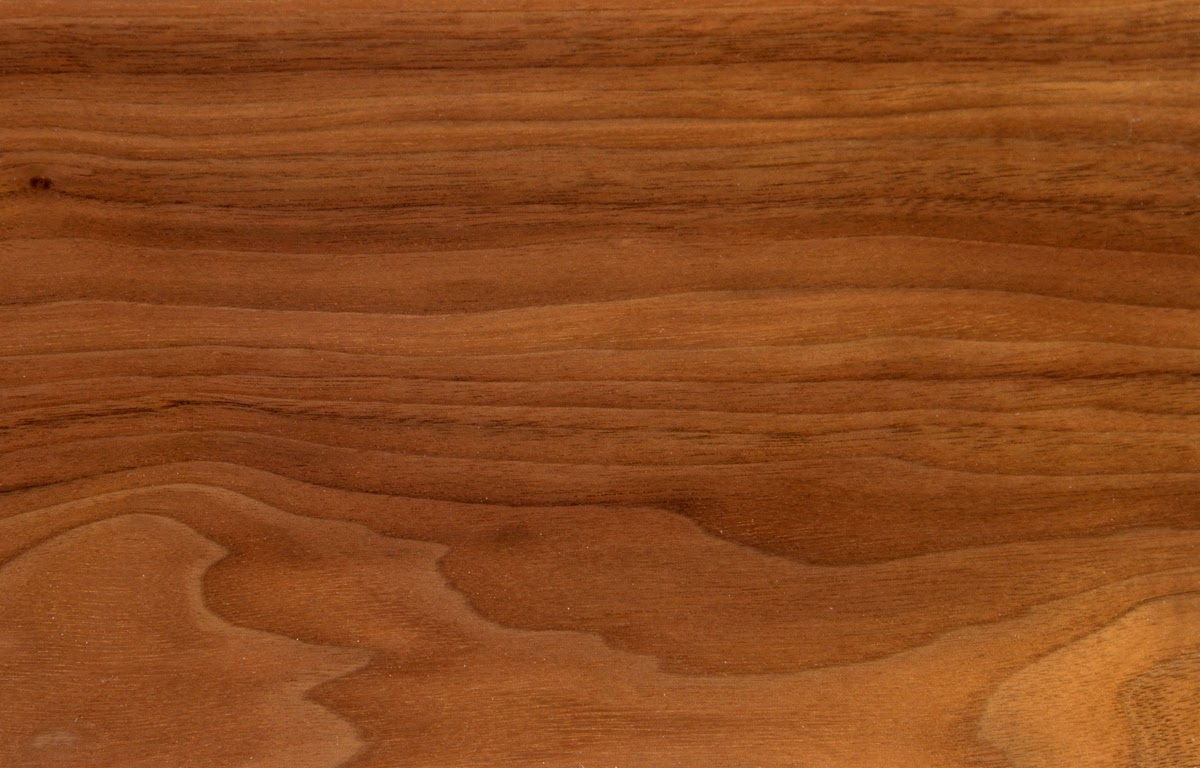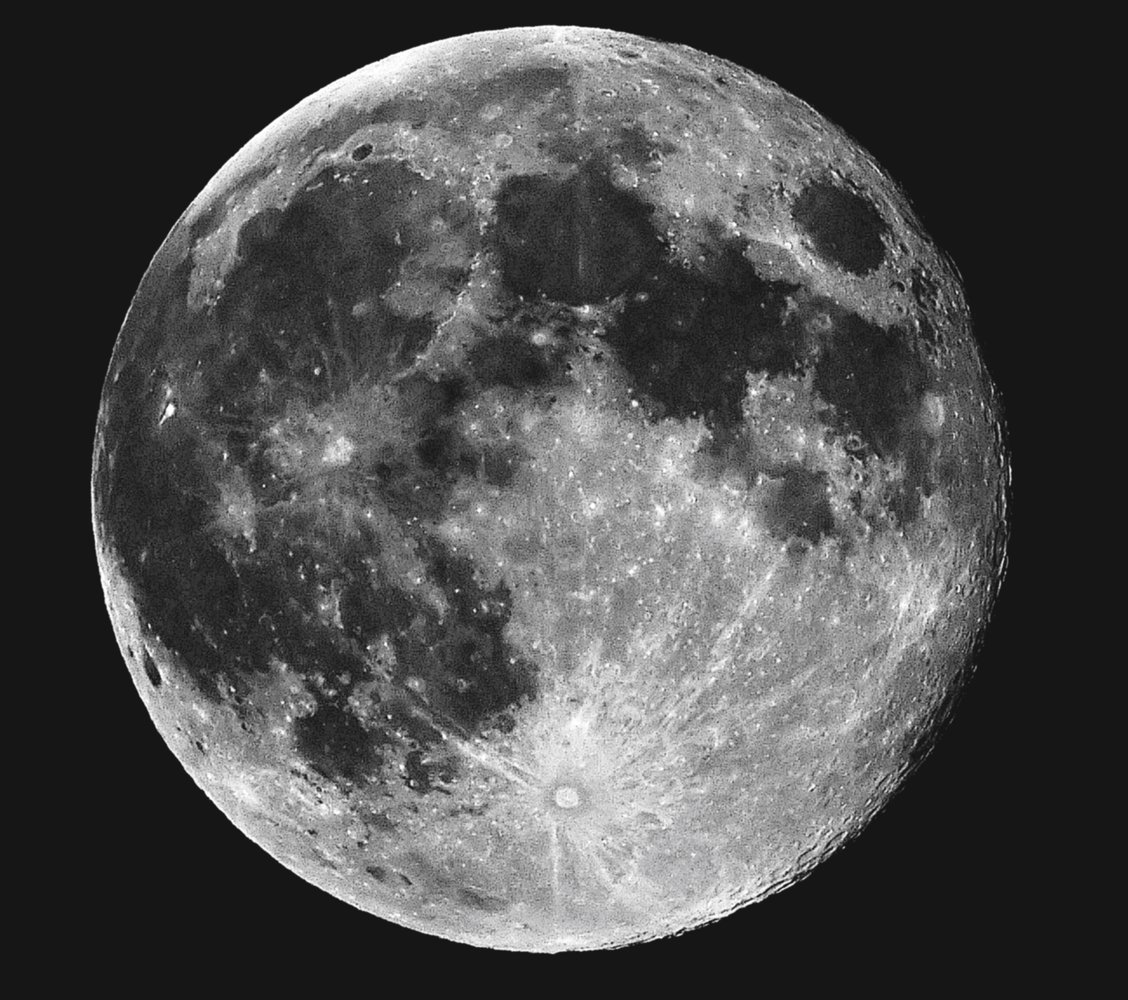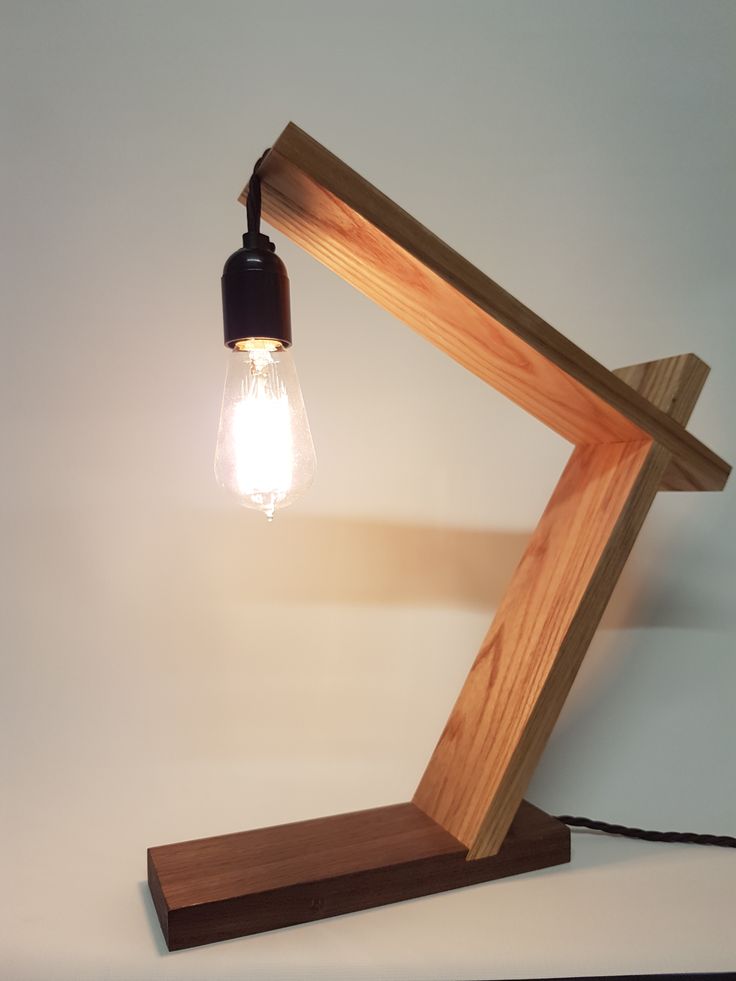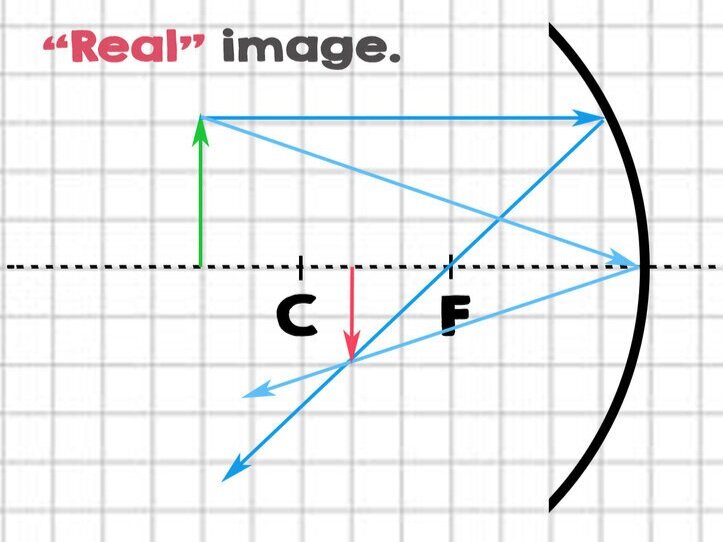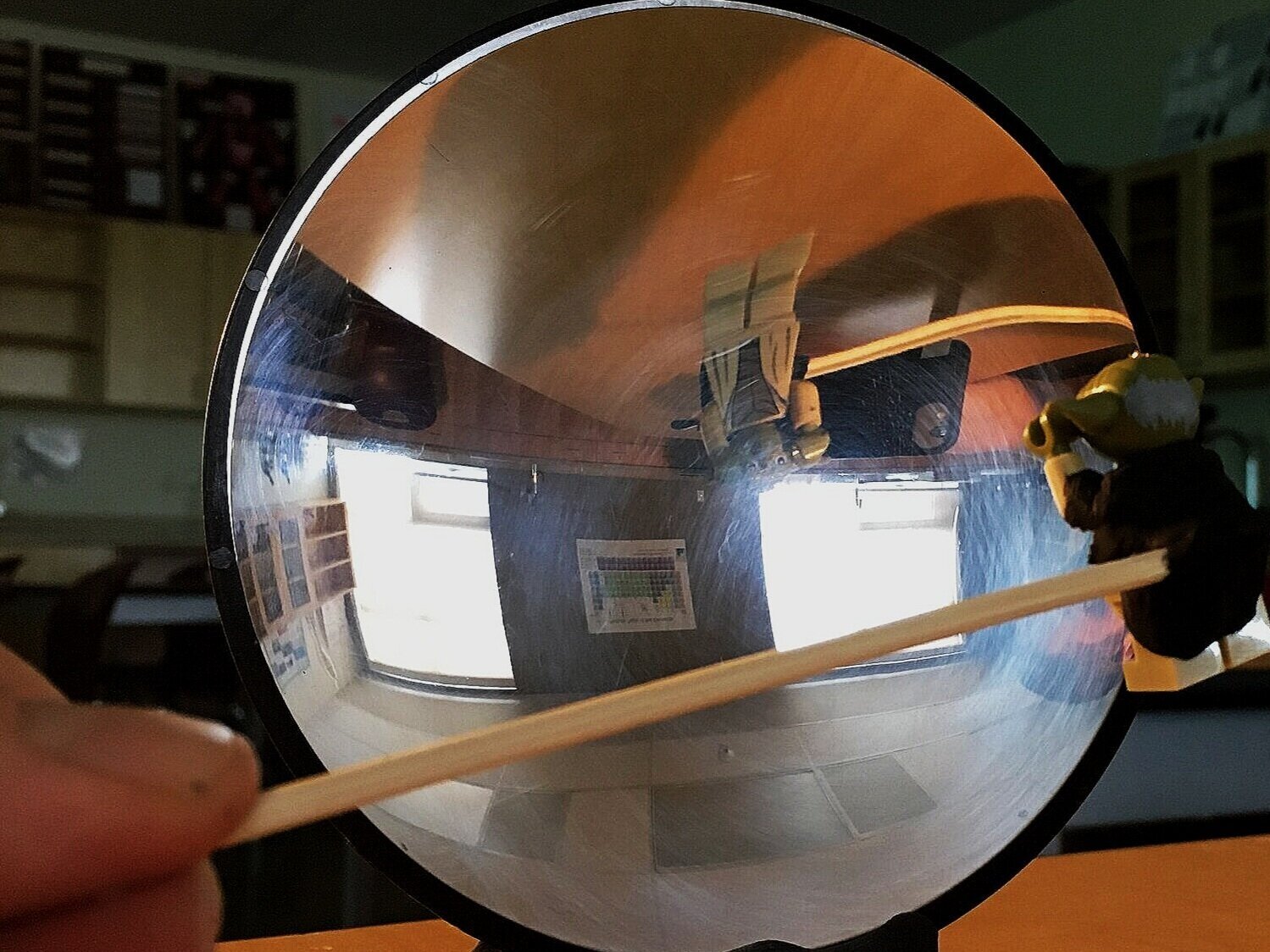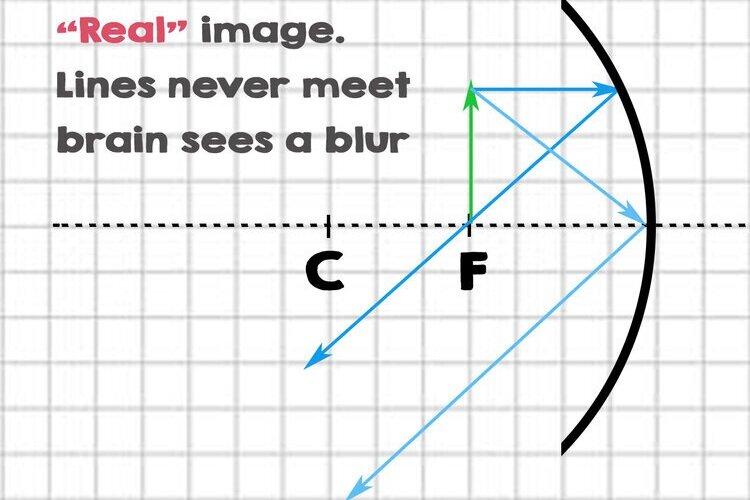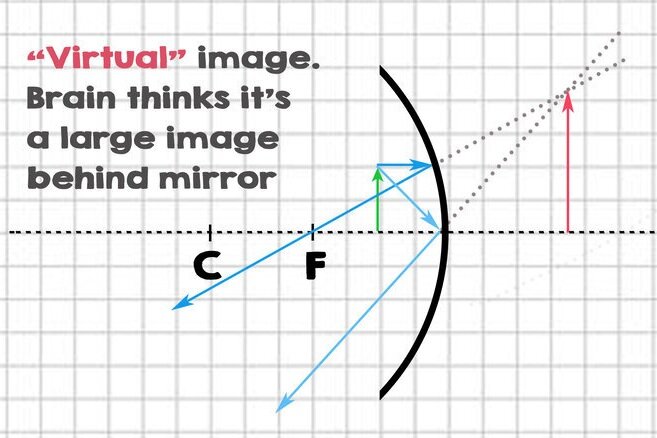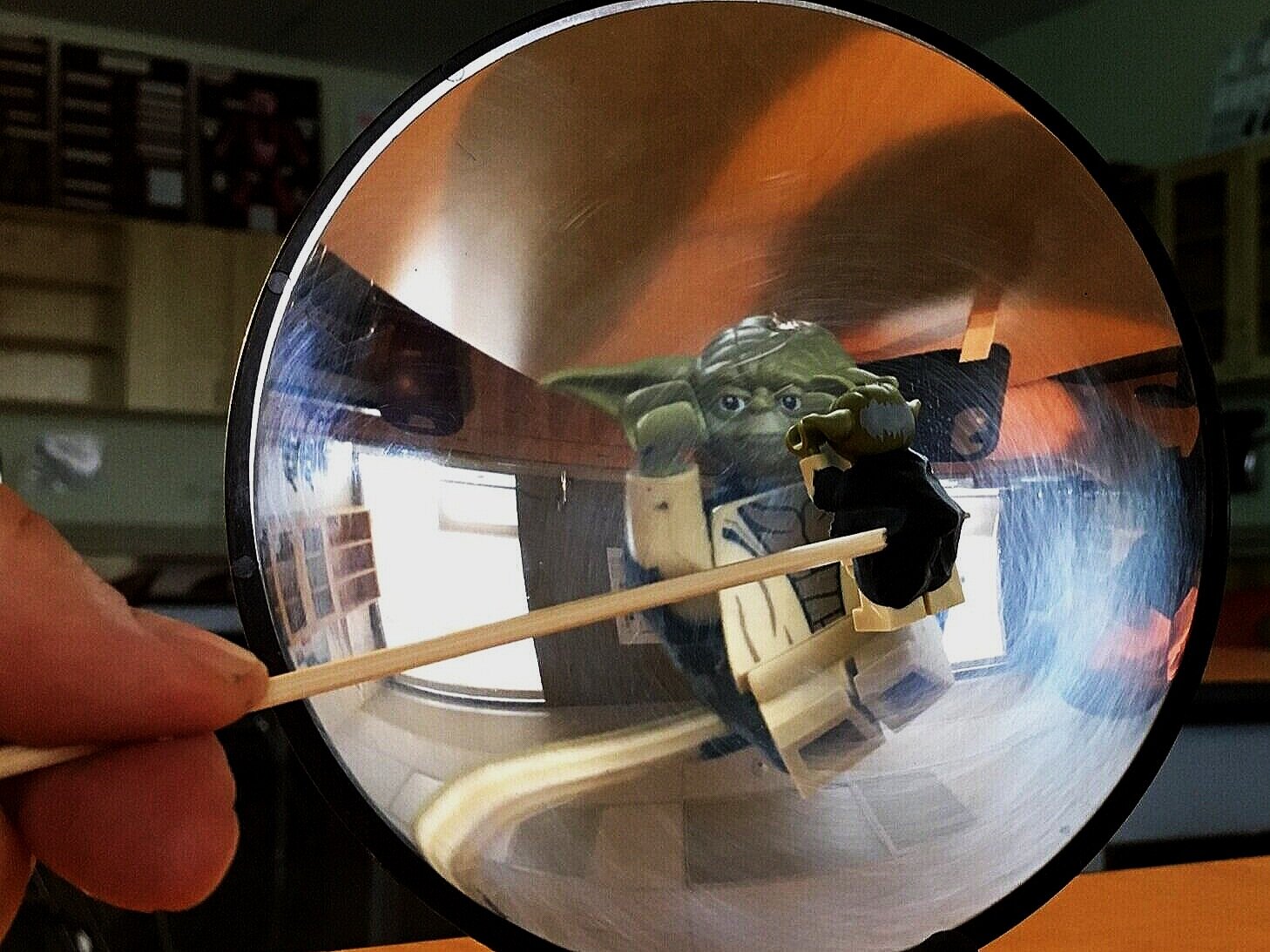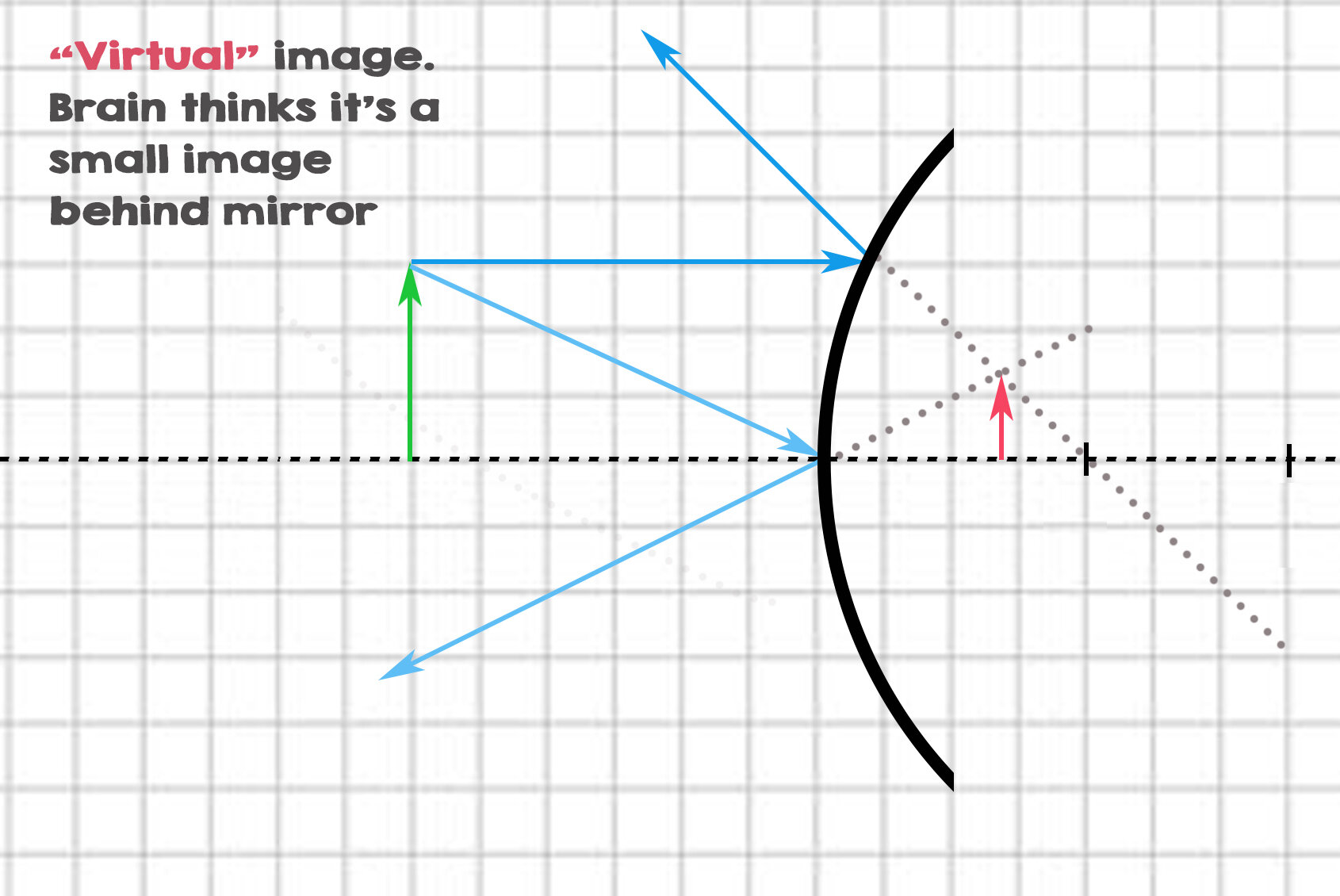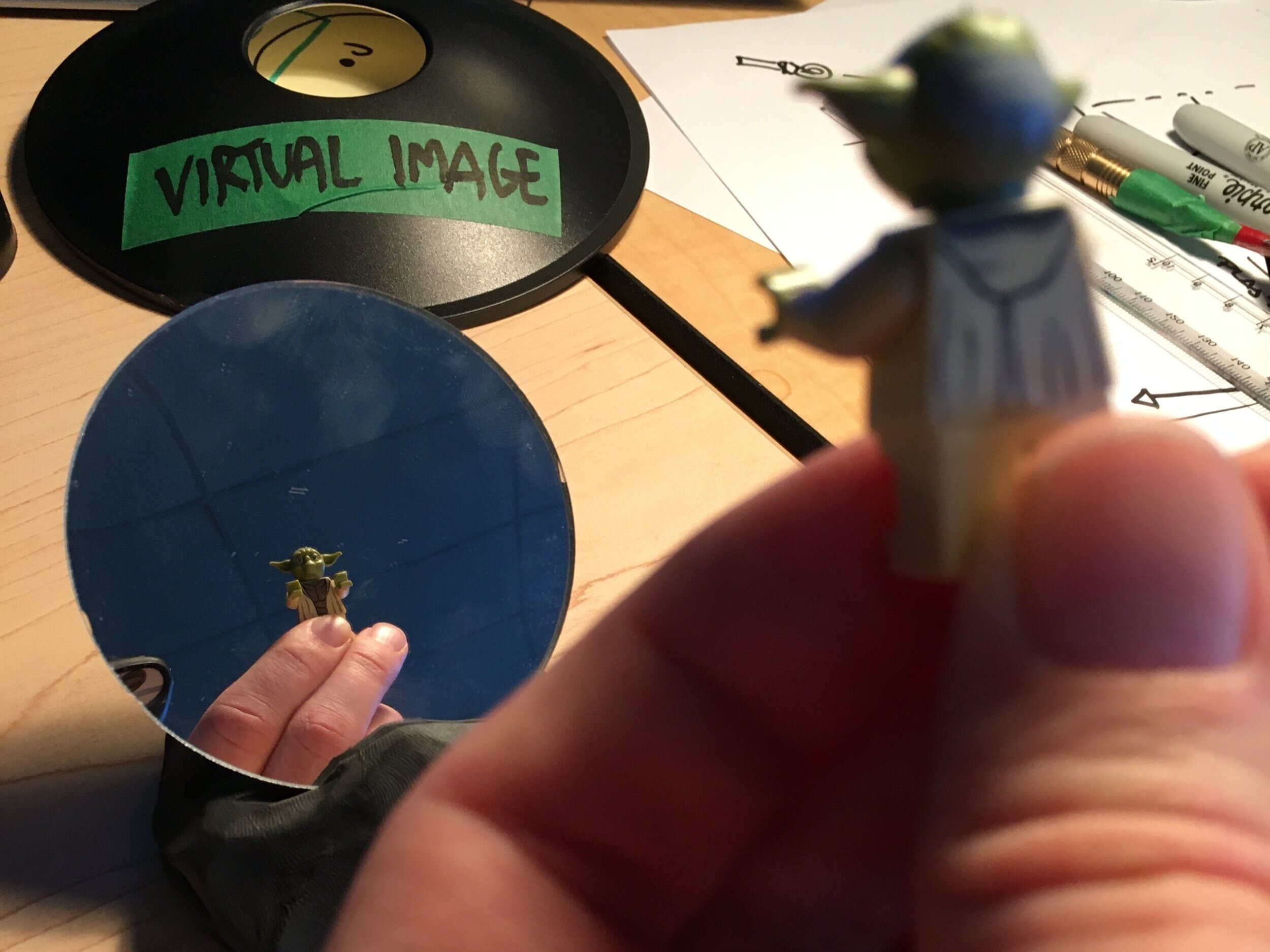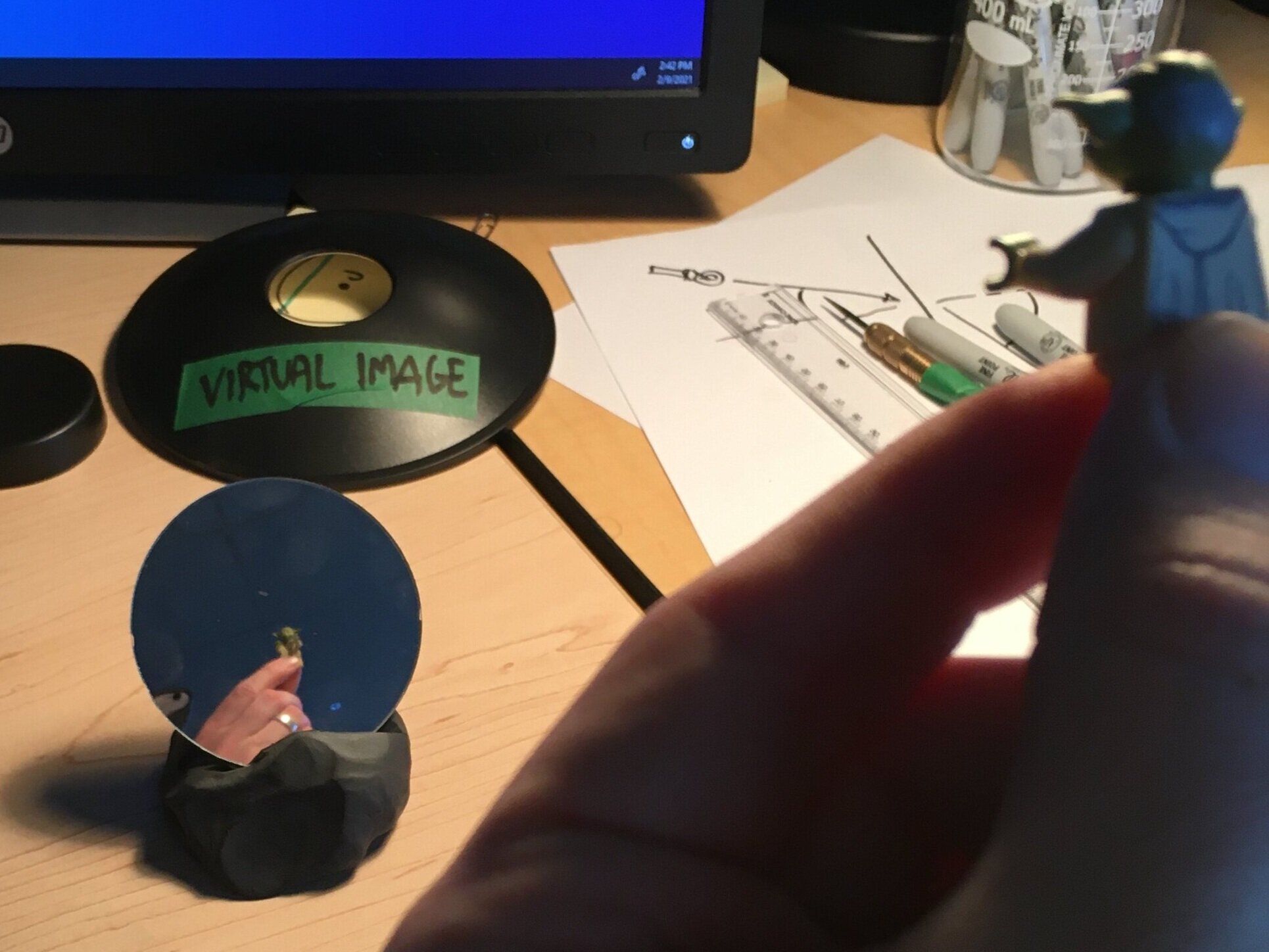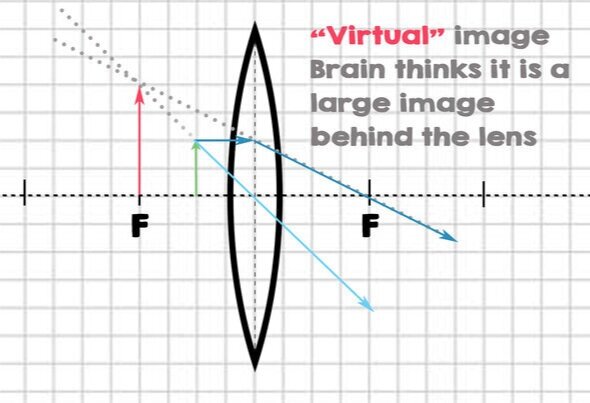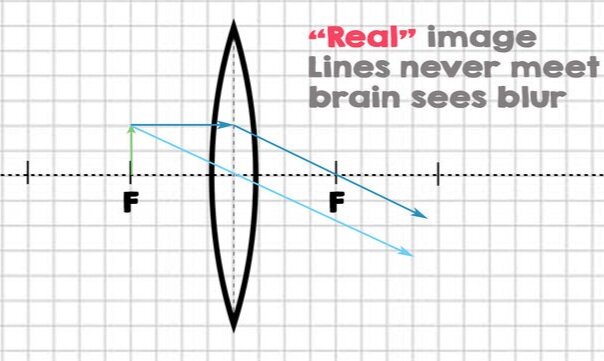Lights & Optics
DISCO BALLS - THE LAW OF REFLECTION TURNED GROOVY
For centuries we understood how to use light to satisfy our needs, however we couldn’t explain how light works. Humans have been trying to understand light for last 2500 years.
Time to draw a timeline!
500 bc – Empedocles
Greek philosopher Empedocles believed Aphrodite made the human eye and lit a fire inside. The fire provided light that shone out from our eyes, when the light hit an object it would be illuminated. (But how come we can’t see in the dark?)
EUCLID - CLEARLY TIRED FROM LOOKING AT MIRRORS ALL DAY
300 Bc – Euclid
Greek philosopher Euclid theorized that light travels in straight lines and it can be reflected.
150 AD - Ptolemy
Ptolemy was a greek scientist, wrote that light “bends” as it passes from air to glass, and that light travels faster through air than in fluids.
1000 AD – IBN Al Haytham
Al Haytham was an Arabian scientist who first accurately described how vision worked.
Light bounces off objects and then travels to the eyes
1666 Ad – Isaac Newton
British scientist shined a light through a prism, he demonstrated that white light is actually a mixture of different colours of light.
1676 Ad – Ole Romer
OLE ROMER - SOMETIMES YOU JUST WANT TO WIG OUT!
Danish scientist was the first to find a reasonably accurate measurement of the speed of light. Measured by watching the moon Io eclipse over Jupiter, noted the amount of time it took to eclipse Jupiter was greater when Earth was farther away from Jupiter.
1920 AD - Albert A. Michelson
Michelson was a American scientist who Refined Romer’s experiment by using the tops of two mountains. Found that light travels 299 798 km/s (pretty darn close) actual speed of light in a vacuum is roughly 300 000 km/s.
5 basic Properties of Light
Light travels in straight lines.
Light can be reflected.
Light bends by travelling in different mediums
Light is a form of energy (radiation)
Light is fast (300 000 km/s)
Brightness!
Why do lights appear brighter the closer you stand to it?
Luminous:
Describes objects that produce light (ex. the sun, fire, lightbulbs)
Non-luminous:
Describes objects that do not produce light but may reflect it; most objects on earth are non-luminous (ex. wood, rock, tinfoil)
THIS LANTERN INCREASES LIGHT INTENSITY, HOW?
LIGHT Intensity:
The quantity of light shining (measured in lumens)
The further the light source the fewer the amount of light rays reach your eyes (appears dimmer)
The closer the light source the greater amount of light rays reach your eyes (appears brighter)
PRODUCING VISIBLE LIGHT
SHOT AT ONE BILLION FRAMES PER SECOND A PULSE OF LIGHT CAN BE SEEN HERE TRAVELLING THROUGH A COKE BOTTLE - YOU HAVE NO IDEA HOW CRAZY THIS IS.
NATURAL LIGHT SOURCES:
Bioluminescence (photophore)
Sunlight
Lightning
Anything hot (burning log, lava, heated metal)
ARTIFICIAL LIGHT SOURCES:
Incandescent light
Fluorescent light
Phosphorescent light
Light Emitting Diode
Draw A mind Map!
Bioluminescence
BIOLUMINESCENT CAUSED BY DINOFLAGELLATES
Bioluminescence:
The production and emission of light by a living organism.
Light emission is the result of a chemical reaction converts chemical energy to light energy, this occurs in the photophores (specialized cells) of bioluminescent animals
Artificial Light Sources
INCANDESCENT LIGHT:
Thin metal called a filament is surrounded by glass, electrical energy flowing through the filament heats it to become white hot.
Invented by Thomas Edison (Apparently)… contested by Joseph Swan (UK), or Lewis Latimer (US)
First light ball filament was actually a piece of bamboo
FLUORESCENT LIGHT:
A glass tube coating in phosphor is filled with mercury gas, electricity is passed through the mercury gas, which releases UV rays and excites the phosphor to produce white light.
Neon lights work on the same principle however they lack the phosphor powder.
PHOSPHORESCENT LIGHT:
Slightly different from fluorescence UV light hits phospor and stores up energy Emits light after uv light has stopped and glows in dark
Light Emitting Diode (LED):
Is a semiconductor (A material that kind of conducts electricity) that emits light when an electric current is passed through it
Which artificial light is the best ?
Many factors come into play:
Cost
Convenience
Appearance
Durability
Light Interactions
When light strikes an object it can interact with it in different manners, light has 3 options when interacting with objects:
Light is absorbed
Light is reflected
Light is refracted
Case 1 : Light is Absorbed
Recall that light is a form of energy, when light strikes an object some of that energy may be absorbed by the object and converted into heat energy.
Absorption of light by a material depends on how much light is let through the material:
Transparent:
Describes materials that allow light to pass through with little or no reflection; (Ex. glass)
Translucent:
Describes materials that allow some light to pass through; (Ex. frosted window)
Opaque:
Describes materials that do not allow light to pass through; (Ex. wood, books )
Materials that are opaque will absorb some of the light’s energy while reflecting the rest. Materials that are darker absorb more energy than objects that are lighter. Materials that are transparent absorb less of the light’s energy while refracting the rest.
Case 2 : Light is Reflected
THIS DOG IS AMAZED BY THE LAW OF REFELCTION
Euclid’s Law of Reflection:
Angle of incidence of a wave hitting a surface equals the angle of reflection. All surfaces obeys this law.
Angle of Incidence = Angle of Reflection
Types of reflection
THE MOUNTAIN IS PERFECTLY REFLECTED IN THE LAKE - THIS IS CALLED SPECULAR REFLECTION
Specular (mirror-like) Reflection:
Reflection that happens when parallel rays hit a smooth surface; all rays reflect at the same angle
Your eyes must be in line with the reflected rays to get a clear image.
THE OVERALL SHAPE AND COLOUR OF THE MOUNTAIN IS REFLECTED YET SOMEWHAT BLURRY - THIS IS CALLED DIFFUSE REFLECTION
Diffuse Reflection:
Reflection that happens when parallel rays hit a rough surface; all rays reflect at different angles, the light scatters.
Object is not clearly being reflected however the eye can see it from many different positions.
Playing a trick on our eyes
Mirrors (and lenses) can use light to fool our eyes, just like a hall of mirrors we can be tricked by how we perceive objects.
Real vs Virtual Images
Real Image:
Formed when light rays from an object converge after reflecting off a mirror, or refracting through a medium.
Ex. Magnifying glass, concave mirrors
Real images always appear upside down
REAL IMAGE
Virtual Image:
Formed when light rays from an object diverge after reflecting off a mirror, or refracting through a medium. Our brain incorrectly perceives the light as having converged ‘behind’ the medium.
Ex. Concave lense, Convex mirror
Virtual images always appear right side up
VIRTUAL IMAGE
Reflectors aka Mirrors
Plane Mirror:
A reflective surface that is flat
Concave Mirror:
Reflecting surface that is curved inward like the inside of a spoon
Light rays reflected from it converge (come together).
Ex) reflecting telescope or car headlights
Convex Mirrors:
Reflecting surface that bulges out like the back of a spoon
Light rays reflected from it diverge (spread out).
Ex) side mirrors
Reflection Terms
Rays Diagrams:
Diagram used to represent how light travels; each ray has a straight arrow to show the direction of travel
These terms can be drawn rather than written down
Incident Ray:
A ray approaching a surface
Reflected Ray:
A ray that leaves or reflects a surface at the point of incidence
Point of incidence:
Where an incident ray strikes the surface
Normal:
An imaginary line drawn perpendicular to the surface (90º angle to the surface) directed outward from point of incidence
Angle of Incidence:
Angle between the incident ray and the normal.
Angle of Reflection:
Angle between the reflected ray and the normal.
Ray Diagrams for Convex & Concave mirrors
Remember SAP-CE!
Setup - draw the mirror, normal, focal point, and of eye
Arrow - draw arrow pointing up, it can be placed behind, on, or in front of the focal point
Parallel Ray - draw a light ray from the top of the arrow parallel to normal, it reflects through the focal point.
Center Ray - draw a light ray from the top of the arrow towards the center of the mirror, make sure it reflects at same angle!
Extend Rays - extend light rays until they converge. Draw an arrow from normal to convergence point (don’t forget tail on normal, head on point). If they never converge then its a blur!
Is it real or virtual?
Point of convergance is on the ‘eye’ side - the image is considered real
Point of convergance is on the non ‘eye’ side - the image is considered virtual
ray diagrams of yoda’s reflection
Use SAP - CE to draw Yoda’s reflection. The real Yoda is represented by the green arrow, while the reflected Yoda is represented by the red arrow.
There are four different cases:
Concave mirror - When Yoda is placed behind the focal point he reflects upside down and smaller.
2. Concave mirror - When Yoda is placed on the focal point he reflects as a blur.
3. Concave mirror - When Yoda is placed in front of the focal point he reflects right side up and larger.
special case : convex mirror
4. Convex mirror - There is no focal point! Yoda is reflected right side up and smaller no matter the position of Yoda and the mirror.
Case : 3 light is Refracted
WATER REFRACTS THE SHAPE OF THIS PENCIL
Human eyes assume the light rays move through the medium in a straight line so we incorrectly identify where an object is in the other substance.
Our brain gets tricked, much like when you accidentally walk into a mirror in a hall-of-mirrors. Your eyes perceive the light incorrectly!
Refraction:
Bending of light as it travels from one material to another material.
Refraction occurs because the speed of light changes in different substances!
In space speed of light travels at 300 000 km/s
There are no particles in space, what happens when light strikes particles? It slows down : Bends towards the normal.
As a result… The denser the new medium = the more the light slows down and refracts.
WHY DO STARS TWINKLE?
LAw of Refraction:
Light goes from air to water (more dense) = light bends towards normal
Light goes from water to air (less dense) = light bends away from normal
Refractors aka lenses
Concave Lens:
Piece of transparent material that is thinner in the middle than at the edges
Light rays passing through it diverge (spread out).
Convex Lens:
Piece of transparent material that is thicker in the middle than at the edges
Light rays passing through it converge (come together).
Focal Point:
Point at which light rays meet, or appear to meet, after being reflected by a mirror, or refracted by a lens.
Ray Diagrams for Convex & Concave lenses
Remember SAP-CE…again!
Setup - draw the lens, normal, focal point, and of eye
Arrow - draw arrow pointing up, it can be placed behind, on, or in front of the focal point
Parallel Ray - draw a light ray from the top of the arrow parallel to normal, it refracts through the focal point on the opposite side of the lens
Center Ray - draw a light ray from the top of the arrow straight through the center of the lens and out the opposite side
Extend Rays - extend light rays until they converge. Draw an arrow from normal to convergence point (don’t forget tail on normal, head on point). If they never converge then its a blur!
Is it real or virtual?
Point of convergance is on the ‘eye’ side - the image is considered real
Point of convergance is on the non ‘eye’ side - the image is considered virtual
Lens ray diagram
Use SAP - CE to draw the storm trooper’s reflection. The storm trooper is represented by the green arrow, while the refracted storm trooper is represented by the red arrow.
There are four different cases:
When the storm trooper is placed between the focal point and the mirror it refracts right side up and larger.
2. When the storm trooper is placed on the focal point it refracts as a blur.
3. When the storm trooper is placed behind the focal point it refracts upside down
Special case- Concave lens
4. Concave lenses will always make the object appear up right and smaller.








